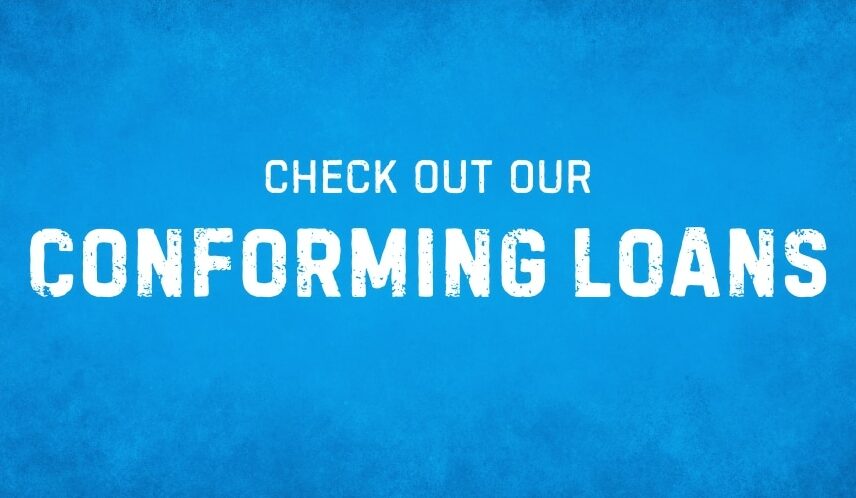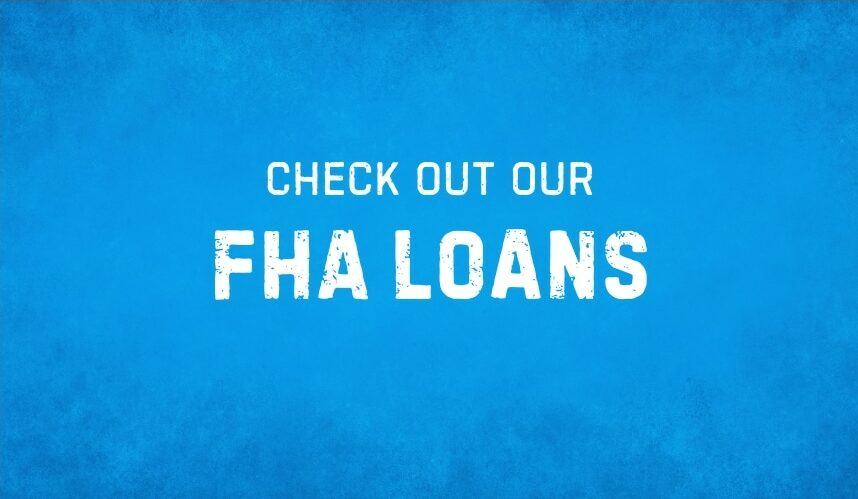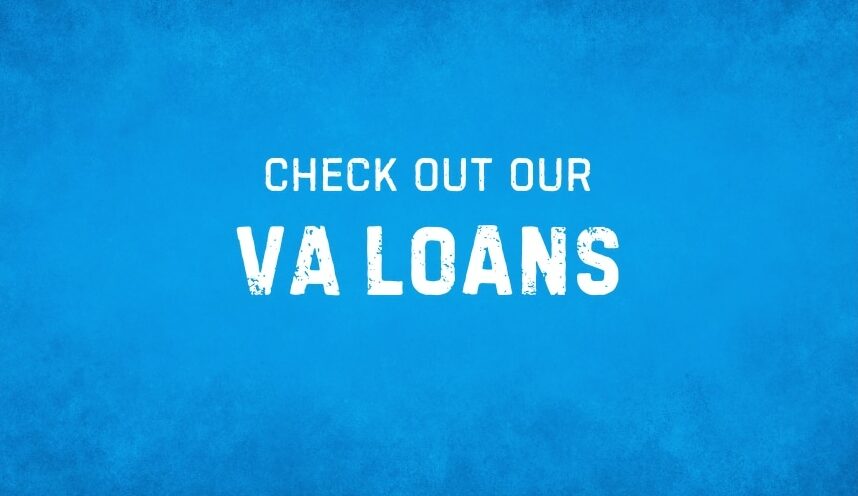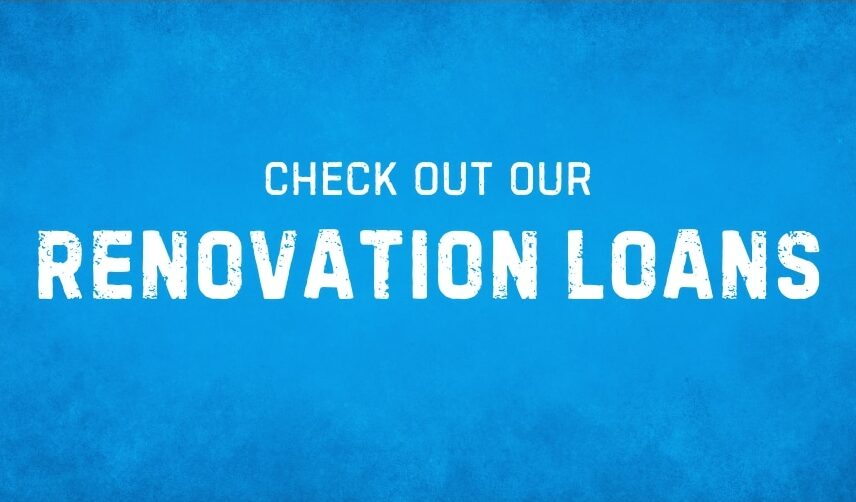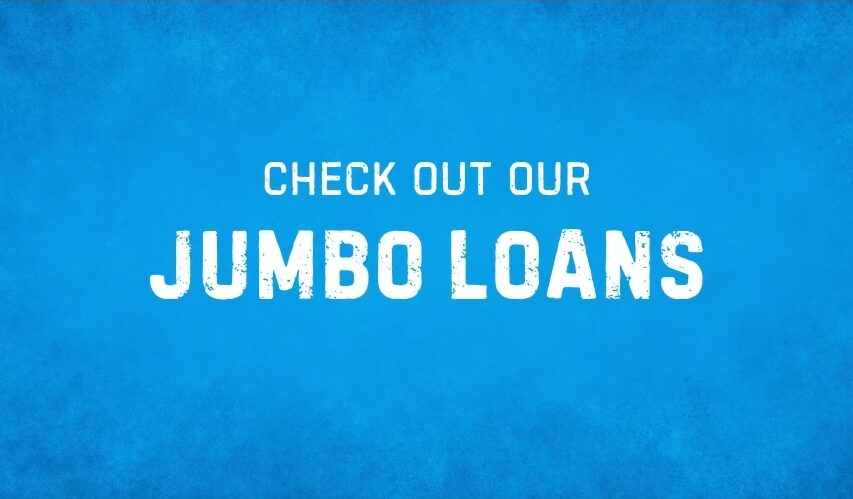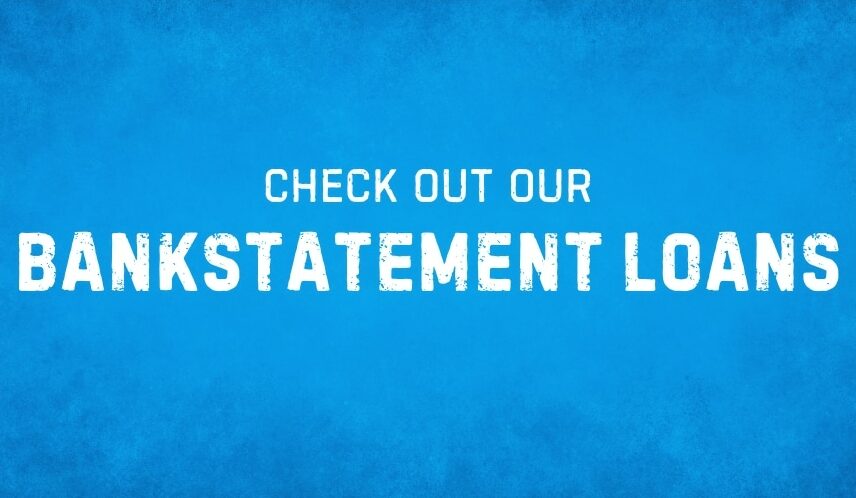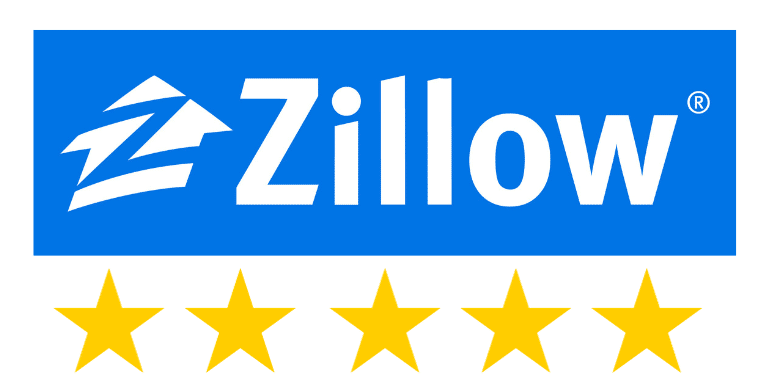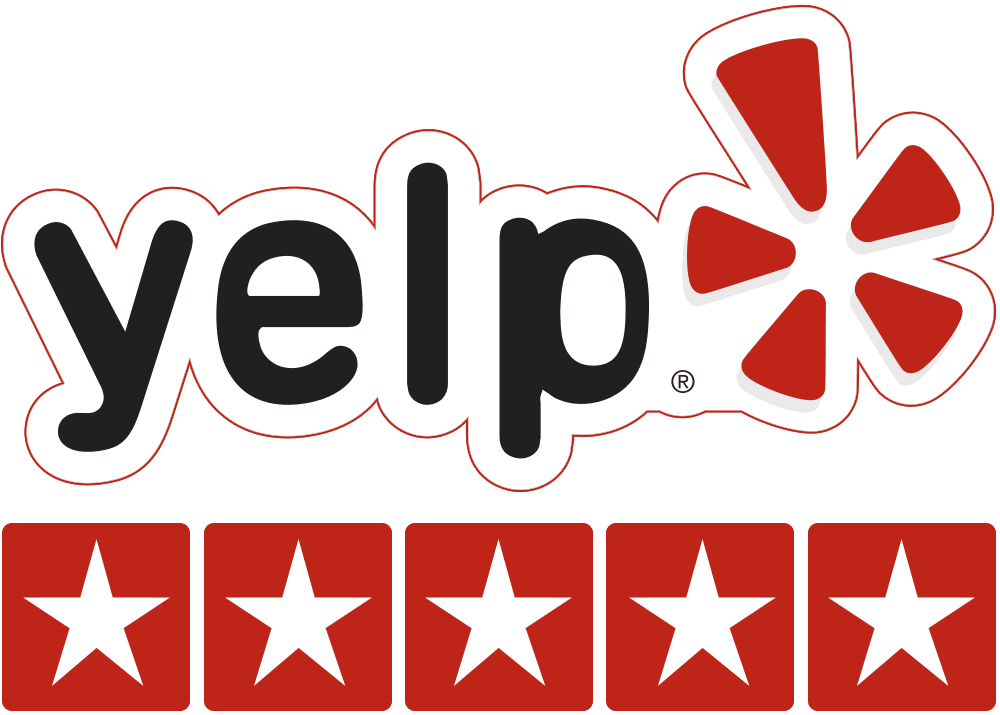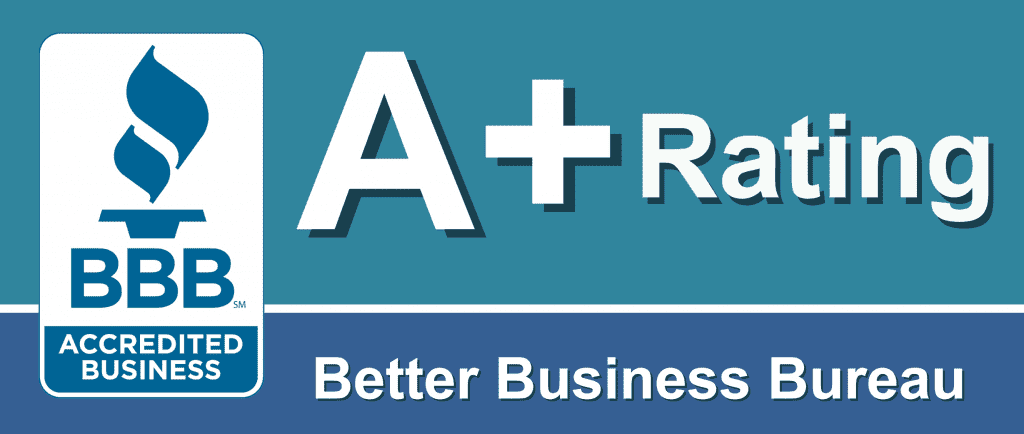
California Cash-Out Refinance
Key Topics In This Article: Cash-Out Refinance Requirements | Benefits | How Much Can You Get? | Alternatives
A California cash-out refinance pays off your current mortgage with a new mortgage that has a higher loan balance. The cash-out you receive after closing can be used for home improvement projects, debt consolidation, and education expenses.
Below, you’ll discover the current California cash-out loan requirements and the benefits of a cash-out refinance.
Cash-Out refinance requirements
Here are the current California cash-out refinance requirements underwriting will use when evaluating your loan application. It’s important to know that these requirements are the minimum standards.
- 620 credit score (or higher)
- Minimum loan amount: $150,000
- Maximum loan amount: $2,500,000
- A debt-to-income ratio of 45% or less (ideally below 40%)
- Primary residence, secondary residence, and investment properties
- Single Family Residence, Condominiums, and Multi-unit properties (up to four units) are allowed
- Loan To Value Ratio of 80% or less
- Documentation: one or two years of income documentation, two of your most recent bank statements, a copy of your current mortgage statement, and a copy of your homeowner’s insurance declarations page (or contact information for your homeowner’s insurance agent).
- Timeline to closing: three to four weeks
- Conventional home loan, FHA home loan, and VA home loan options. We also offer a bank statement home mortgage option.
- Previous Bankruptcy and/or Foreclosure are allowed under certain circumstances.
California cash-out requirements are subject to change without notice. For the most up-to-date list of requirements, please get in touch with Loan Officer Kevin O’Connor at 1-800-550-5538 or complete the form below.
Do You have a question or need a quote?
Contact KevinLow rates, fast closings, and exceptional service.
Cash-out refinance benefits
There are many reasons a homeowner may want to consider a California cash-out refinance, and here are some of those reasons.
- Payoff high-interest credit card debt and/or personal loans
- Cash for unexpected expenses
- Consolidate a 1st and 2nd mortgage (or equity line)
- The cash-out funds for home improvement purposes
- To cover education and medical expenses
- Starting a business
- Buying an investment property
Whatever your reason, ensuring that the new loan terms make financial sense is essential. Never do a cash-out refinance to buy clothes, jewelry, or a vacation, and always make sure you work with a top-rated mortgage broker.
Paying off High-Interest Credit Card Debt or Personal Loans
Many homeowners have significant credit card debt, especially after a major remodel. Credit card companies often offer 0% interest for a limited time, then it moves up to 12% or even 16% or possibly higher.
A California cash-out refinance might be the answer if you have significant credit card debt or a high-rate personal loan. Using the equity in your home to lower your interest rate could be a wise decision.
Not only will your overall monthly debt payment be lower, but you’ll also be paying a lower interest rate on that debt you transferred to your mortgage. The critical thing to remember when paying off your credit card debt is not to charge those cards back up.
Combine a 1st and 2nd Mortgage (or Equity Line)
Combining a 1st and 2nd mortgage makes a lot of sense for some homeowners, especially if it’s an equity line of credit.
Sometimes, having a second mortgage makes sense, and sometimes, it doesn’t. If you have a second mortgage with an interest rate that could adjust soon or if it’s significantly higher than what the current market is offering, you may want to consider a California cash-out refinance to combine the two loans.
If you don’t want to return to a 30-year fixed mortgage, consider a 20-year or 15-year fixed mortgage term, which will enable you to pay off your home faster.
Cash-Out Refinance For Home Improvement Purposes
For many California homeowners, there are projects around the house that need to be completed. Upgrading your home (like a kitchen remodel) is a great way to improve its value.
If you have the funds available to do that, great; if not, why not use the equity in your home? Most loan programs offer a California cash-out refinance option for homeowners to improve their homes. In fact, FHA has a specific program for this, the FHA 203 (k) loan program, in which a homeowner can borrow up to 110% of the home’s future value.
Educational And Medical Expenses
It’s no secret that the cost of going to college has skyrocketed over the last decade. Educational expenses are significant, especially if you have more than one family member attending college.
What seems to be going higher than education expenses?
Medical expenses! Whether it’s the cost of co-pays and out-of-pocket deductibles to surgery to medical emergencies…it’s getting costly to receive medical care.
A cash-out refinance might be the solution for covering educational and/or medical expenses.
Starting a Business
Do you have a fantastic business idea but need money to get it off the ground? A California cash-out refinance might be an excellent solution. It’s important to remember that your plan is to ease your way into the new business and not quit your current job the day after your refinance closes.
Getting approved for a cash-out refinance to help you start a business depends on your ability to show a current income source. The expectation is that you will hold on to your current source of income while the business grows.
And on your next mortgage transaction, you’ll want to look into your self-employed mortgage options.
Buying an Investment Property
Do you dream of owning an investment property? It’s a great way to build wealth.
As a homeowner, you can do a cash-out refinance to obtain the necessary funds for a downpayment. The critical thing is this: a lender will require you to have an agreed-upon contract to purchase a home before you consider closing your cash-out refinance.
Why? Because the monthly expense for the new investment property gets factored into your debt-to-income ratio.
The good news is that lenders typically allow a certain percentage of current market rents to be used as a form of income to help with qualification.
So if the new rental property is expected to provide $2,000 in rent, then a lender may allow $1,500 to be used as part of your qualifying income. And the market rents for the area are taken from the appraisal of the rental property. Make sure you discuss this with your Loan Officer to ensure you’ll qualify.
How much cash can you get?
Here are the steps to figure out how much cash you can get with a cash-out refinance.
Determine Your Home Value
When determining your home value, visit an online website like Zillow.com or Realtor.com. There are two important points to remember when determining your home value: online websites are not perfect at determining value, so keep in mind that the value they are providing is an “estimate.”
Second, online home value estimates do not consider your home’s condition. Does your home lack upgrades, or does it have upgrades?
Therefore, you’ll have to compare it to similar-condition homes that have sold in your area. Be sure to review any online images provided to see if the comparable sale is a good match.
Lastly, be conservative in your estimate; it should have a range rather than the absolute number. And when doing your calculation, pick the number that is in the middle of that range.
Maximum Loan-To-Value Ratio
Most loan programs have a maximum loan-to-value ratio of 80% for cash-out refinances, but some programs allow for a higher LTV. If your estimated home value is $700,000, the maximum loan amount of your new cash-out loan is $560,000.
Write Down How Much You Owe
The next step to figuring out how much cash you can get is to write down how much you owe. Just grab a recent monthly mortgage statement, which will have your balance but not your payoff amount. Balances owed and payoff amounts are two separate numbers.
Your payoff amount is always higher than the balance owed (as listed on your mortgage statement) because your payoff amount includes the interest owed.
Explanation On How To Determine Your Payoff Amount
When you make your monthly mortgage payment, your interest covers the interest owed for the previous month. In the mortgage industry, it’s called “back-dated interest.”
Let’s say you make an April mortgage payment. The interest part of the payment covers the interest you owe from March. So, If you are paying off your mortgage with a cash-out refinance in April, you need to add the interest you owe from April 1st to the day the current mortgage is paid off.
If you pay off your mortgage on April 21st, you’ll owe your principal balance, plus daily interest from April 1st to April 21st, plus any payoff fees (which are standard).
When determining your payoff amount, take your balance owed and add one principal and interest payment to get your total amount. This is a solid way to estimate what you’ll need to pay off your current mortgage.
Calculate Your Cash Out
You have your estimated value range, your maximum loan amount for the new mortgage, and your estimated payoff amount. Now it’s time to do a little math so you can calculate your cash out.
For example, let’s say you have an estimated home value of $700,000 and an estimated payoff amount of $400,000; here is the math calculation to determine your maximum cash out.
$700,000 x .80 (80% LTV) = $560,000 – $400,000 (estimated pay off) = $160,000
In this example, the maximum cash-out limit is $160,000 (minus closing fees and costs).
Alternatives to a cash-out refinance
Here are some alternatives to a cash-out refinance.
- Home Equity Line of Credit
- Home Equity Loan
- Personal loan
- Credit card
A Home Equity Line of Credit (HELOC) is when a lender provides you a certain amount you can periodically borrow from, called a “line.” As you pay off the balance you owe, you typically can reaccess the line to re-borrow the funds if needed. Typically, your minimum payment on a HELOC is an interest-only payment, so you’ll have to pay more if you want to pay down the balance to free up available credit.
A Home Equity Loan (HEL) is a lump sum amount a lender will give you once the loan is closed. It’s not a line of credit, so you won’t be able to access any money as you pay down the principal you owe. Your monthly payment is typically principal and interest, and loans are usually for a 15, 20, or 30-year time frame.
If you need a minimal amount of cash-out funds, personal loans and credit cards are probably the preferred choice over a cash-out refinance. If using a credit card, make sure you obtain a 0.00% interest offer and plan on paying off the balance within one year.
Do You have a question or need a quote?
Contact KevinLow rates, fast closings, and exceptional service.
Is a California cash-out refinance for you?
The best way to determine if a California cash-out refinance is right for you is to make a list of pros and cons. In one column, list all the benefits of a cash-out refinance, and in the second column, list all the associated negatives.
If you are having trouble making the final decision, it might be a good idea to include your loan officer in the process. If the benefits outweigh the negatives, a cash-out refinance should be considered.

